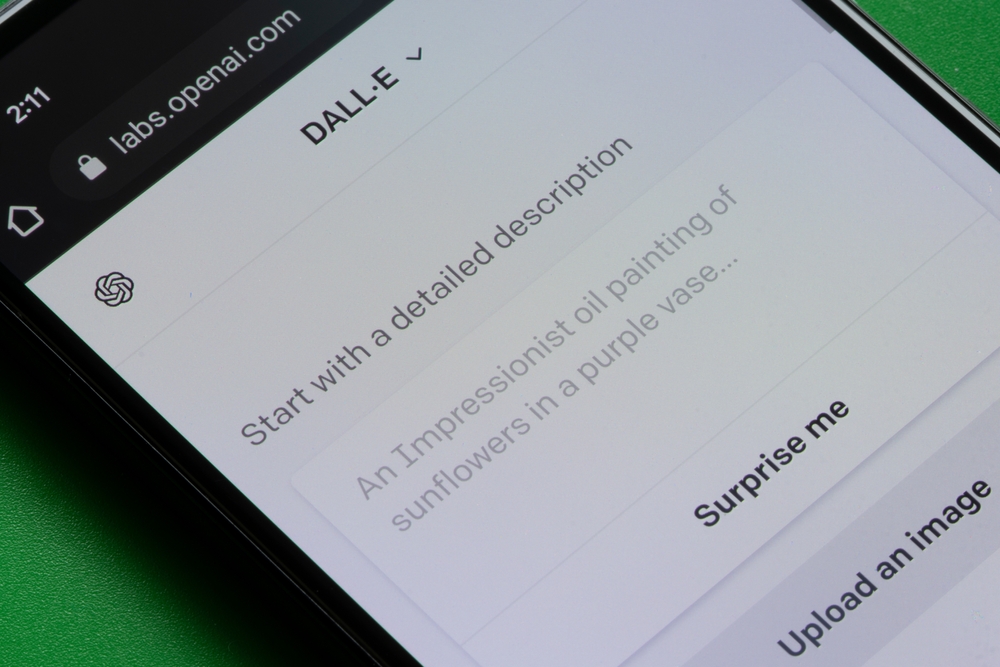OpenAI has announced a significant upgrade in its image generation capabilities with the introduction of DALL-E 3, which is slated to be integrated into ChatGPT. This development promises to bring a remarkable improvement over its predecessor, DALL-E 2.
Enhanced Query Understanding
OpenAI claims that DALL-E 3 can “significantly better understand queries.” Unlike modern image generators that often require users to employ prompt engineering, DALL-E 3 aims to precisely match the query provided, making interactions more intuitive and user-friendly.

Fine Details and Realism
Notably, DALL-E 3 excels in handling intricate details that are typically challenging for artificial intelligence, such as human hands. Even with identical queries, the results produced by DALL-E 3 surpass those of DALL-E 2, offering a higher level of accuracy. It is designed to faithfully recreate scenes with specific objects while considering their relationships.
Integration into ChatGPT
OpenAI plans to seamlessly integrate DALL-E 3 into ChatGPT Plus and Enterprise chatbots in the near future. This integration of language capabilities with an advanced image generator will empower users to create highly accurate images and refine requests if the initial output doesn’t align with their expectations.
“Customized Image Generation”
ChatGPT will now offer automatic generation of customized, detailed hints for DALL-E 3 image creation. Users can fine-tune the generated image by simply adding a few clarifying words, ensuring a personalized output that matches their vision.
Availability and Ownership
DALL-E 3 is currently in research preview and will be accessible to ChatGPT Plus and Enterprise subscribers via API starting in October. As with its predecessor, DALL-E 2, images generated using DALL-E 3 will be owned by the user and can be used without permission for reprinting, selling, or distribution.
Responsible AI Features
OpenAI has also implemented features in DALL-E 3 to address ethical concerns, notes NIX Solutions. It will reject requests containing names of public figures and “harmful biases” to mitigate the spread of propaganda and misinformation. Additionally, a provenance classifier will identify whether an image was generated by a neural network. Importantly, DALL-E 3 will not create images in the style of living artists.
With DALL-E 3’s enhanced capabilities, OpenAI aims to redefine the landscape of image generation, offering users a more intuitive and precise experience.
